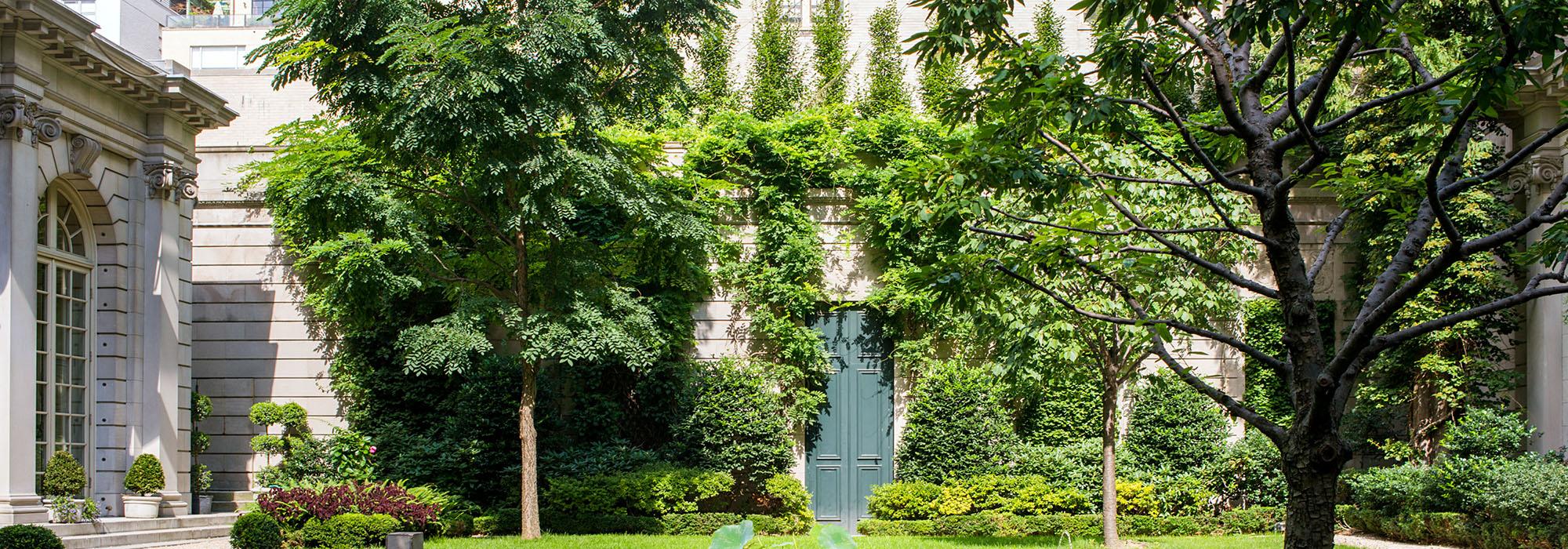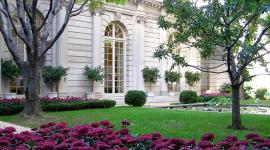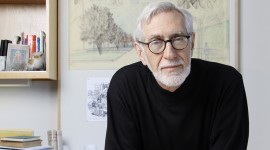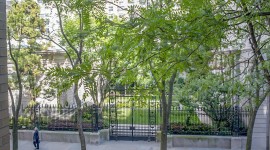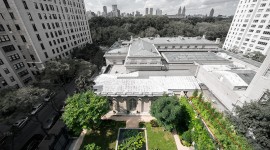Landmarks Preservation Commission Approves Frick Expansion
On Tuesday, June 26, 2018, the New York City Landmarks Preservation Commission (LPC) approved a plan to renovate and expand The Frick Collection in Manhattan. The decision came after a series of revisions that attempted to respond to concerns about the Russell Page-designed viewing garden on East 70th street—a garden that narrowly escaped outright destruction under similar circumstances in 2014.
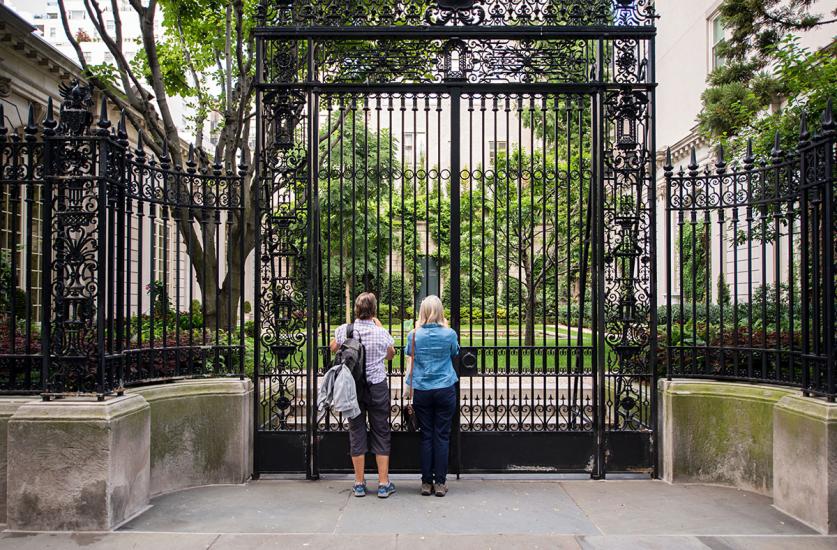
After extensive input from TCLF and other advocates, including the Garden Club of America, Frick descendants, and concerned members of the pubic, the iconic landscape under the Frick’s care appears to have at least gained some recognition and protection since the last proposed expansion. That is quite the welcome development, one that seems to have come around to a viewpoint expressed by the New York Times’ architecture critic, Michael Kimmelman, who wrote, in 2014, of the Frick’s previous plan that “Great public places and works of landscape architecture deserve to be treated like great buildings.”
And yet, the proposal that finally met with the LPC’s approval last week will not completely restore the garden. That is because the garden’s north wall ensemble, a trompe I’oeil stroke of genius that overcomes the landscape’s limited dimensions (54’ by 76’) by creating the illusion of a green space farther in the distance, will be altered as a result of the expansion. A 25-foot-deep interstitial space between the Frick-owned properties on East 70th and East 71st Streets would be occupied by a new museum addition. This in-fill permanently changes the visual and spatial relationships that Page so masterfully established with his design of the north wall.
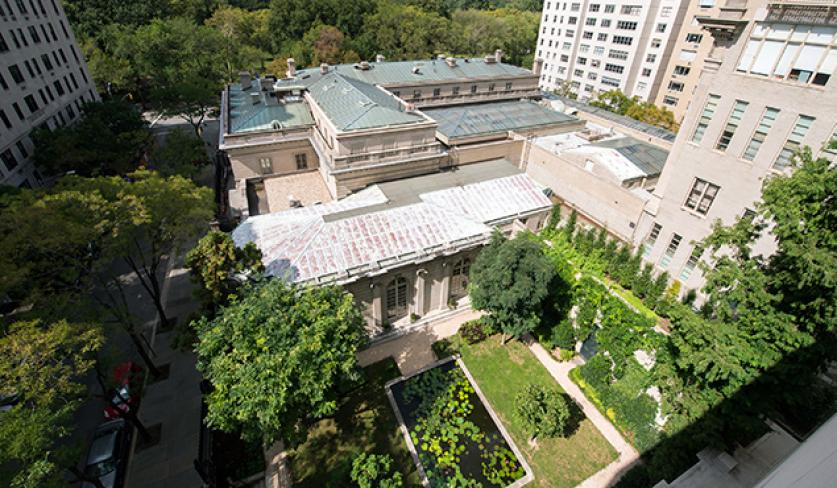
While the recently approved plan is not ideal, credit must still be given to Annabelle Selldorf, the gifted consulting architect behind the proposal, and to the Frick leadership for being responsive to the concerns raised by TCLF, the celebrated landscape architect and National Medal of Arts winner Laurie Olin, prominent cultural landscape historian Mac K. Griswold, and many others who advocated on behalf of Page’s great work of art.
Nevertheless, the broader issue of how museums and cultural institutions treat the designed landscapes in their care remains a concern, and a larger conversation about institutional stewardship should be pursued in the wake of the LPC’s decision. To advance that conversation, a central question must be raised and confronted: Can a work of landscape architecture also be a work of art?



